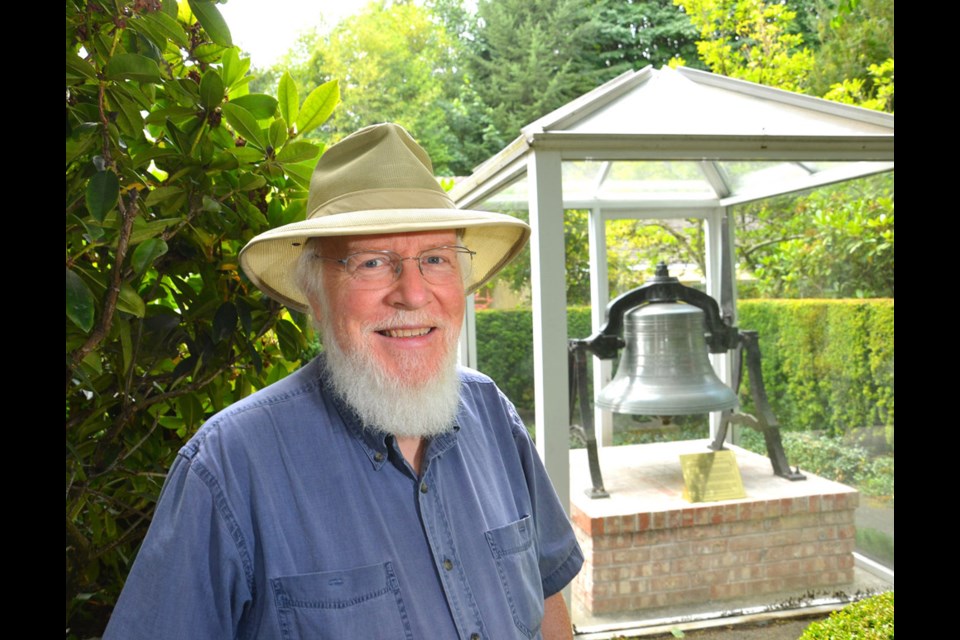Longtime Sapperton resident Archie Miller knows a thing or two when it comes to local history.
The former curator and archivist of the New Westminster Museum and Archives and history columnist for The Record also runs A Sense of History Research Services with his wife, Dale.
Miller, 67, has lived in Sapperton since he was a babe and knows the neighbourhood’s rich history well.
According to Miller, Sapperton was a child of the Gold Rush, settled in the mid-1800s by the Royal Engineers, a military regimen sent by the British to keep order while the city of New Westminster was forming.
“They (were) soldiers, but they were also a work group,” he says.
The campsite where the Royal Engineers originally settled is now the hillside of the old B.C. Penitentiary site, Miller explains. The area was originally referred to as Sappers’ Town, and the name stuck. (Miller lives in a highrise overlooking the area.)
Once the engineers left, people spread from the camp along East Columbia Street, a rough dirt road at the time and a supply route to Burrard Inlet.
There are many historical sites in Sapperton, Miller points out. The front gates of the old penitentiary are still standing, and the 1912 cornerstone of the old hospital is on display at Royal Columbian. There’s even a survey marker at Richmond and East Columbia streets, originally installed by the Royal Engineers and still used today. Knox Presbyterian and St. Mary the Virgin Anglican Church are also notable sites to visit, and the Sapperton cemetery is the final resting place for many figures influential in the early days of the city and province.
Richard McBride Elementary, Miller points out, burnt down but was rebuilt in 1929. and Sapperton Landing Park, on the waterfront just below the old penitentiary site, has a connection to the prison and the old Royal Engineers’ camp.
The old bell from the penitentiary, which was used to signal shift changes, is on display in a case in Glenbrook Ravine Park.
For Miller, Sapperton is a neighbourhood with its own identity.
“(People are) very proud of the fact it was separate, that it was their own neighbourhood,” he says. “You will hear people in Sapperton and Queensborough (say) similar things, because they were kind of isolated from the main body of the city. They were very proud to be from their neighbourhood.”
According to Miller, there’s a distinct pride connected to Sapperton.
“A lot of people drew connections from the fact it was a very strong working community. You had the brewery district, which is where the breweries were going way, way back. You had the big distillery, you have industry, you have the hospital. This was a place that people took a great deal of pride in living and working. Frequently the feeling would be, the powers that be in the city itself, they didn’t really care an often lot of times what went on in Sapperton, … and so therefore you took great pride in saying, ‘Well, we’re over here, we don’t care about you.’ And so you have that kind of a strong separate community feeling.”
But for Miller, Sapperton is also a place where you know your neighbours.
“There is that strong feeling that you know your community,” he says.
– By Jennifer Moreau



